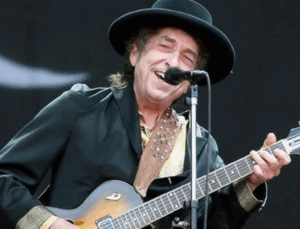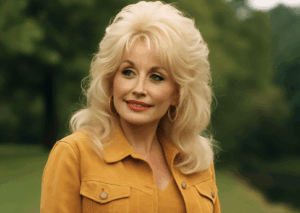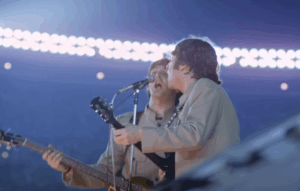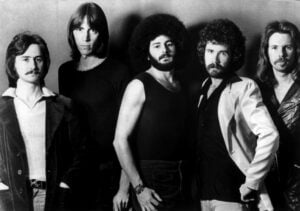Restaurants That Only Existed In The 1970s
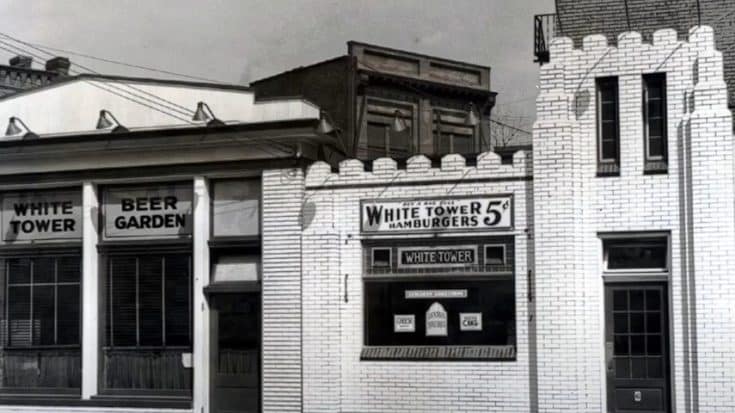
via Commerce Alive To Die / Youtube
You probably have a favorite restaurant, chain, or local eatery. However, many food lovers also know the heartbreak that comes with their favorite spots closing down for good. If you grew up in the 1970s, you might have seen several iconic chain restaurants disappear from the dining landscape.
We’ve compiled a list of nostalgic restaurants that have either gone out of business entirely or significantly reduced their operations. If you had the chance to enjoy these 1970s gems before they closed, consider yourself lucky.
Burger Chef
At one point, Burger Chef was the second most popular fast-food chain in America, trailing only McDonald’s. Kids of the ’70s will remember its flame-broiled burgers, including the Big Shef, a double cheeseburger with special sauce. The chain lost momentum in the ’80s, with the last location closing in 1996. Before its demise, Burger Chef was sold to the company that owns Hardee’s, which has occasionally offered the Big Shef in limited runs.
Howard Johnson’s
While younger generations might recognize Howard Johnson’s from “Mad Men,” ’70s kids remember dining at the orange-roofed restaurant chain. At its peak, the chain boasted over 1,000 locations, serving fried clams and 28 ice cream flavors. Marriott acquired the company in 1979 and shut down all company-owned spots, with franchise locations closing soon after.
Gino’s Hamburgers
Founded in Baltimore by two NFL players in 1957, Gino’s Hamburgers was known for its Sirloiner hamburger, made from sirloin steak. The chain expanded along the East Coast and into the Midwest by the mid-’70s. Marriott acquired Gino’s in 1982, converting most locations into Roy Rogers. Today, only two Gino’s Burgers and Chicken locations remain in Maryland.
Bob’s Big Boy
Bob’s Big Boy, a well-known burger chain, merged with Marriott in 1967. Together, they operated hundreds of locations across the United States in the ’70s. The chain has since shrunk, although the original Bob’s Big Boy in Burbank, California, and a few other locations are still open.
White Tower
Founded in 1926, White Tower was often seen as an imitator of White Castle. Despite this, it thrived in the early fast-food era. Although it peaked in the ’50s, White Tower remained popular in the ’70s, serving hamburgers with employees nicknamed “Towerettes.” Today, only one White Tower location remains in Toledo, Ohio.
Sambo’s
Sambo’s was a controversial chain due to its name and decorations inspired by the book “The Story of Little Black Sambo.” Despite protests, the chain grew to over 1,000 locations by 1979. Bankruptcy followed in 1981, but one of Sambo’s locations in Santa Barbara still exists and has announced plans to change its name.
Lum’s
Lum’s began as a small hot dog stand in Florida in the 1950s and expanded to 400 franchises across the United States. Known for its beer-steamed hot dogs, fried seafood, and frosted glass beers, Lum’s popularity waned in the late ’70s. The last location closed in 2017.
Steak and Ale
1966 Steak and Ale revolutionized dining with affordable steaks and an unlimited salad bar. The chain was a hit, known for dishes like Hawaiian chicken and herb-roasted prime rib. Despite ownership changes and bankruptcy, there are opportunities to franchise Steak and Ale locations today.
Wag’s
Owned by Walgreens, Wag’s was a 24-hour family eatery similar to Denny’s or Shoney’s. The chain had 91 locations when it was sold to Marriott in 1988. Marriott eventually sold its restaurant business, leading to Wag’s closure in 1991.
VIP’s
A staple in the Pacific Northwest, VIP’s opened in 1968 in Oregon and grew to 15 locations by 1971. The chain continued to expand through the ’70s before selling most of its locations to Denny’s. By the ’80s, VIP’s had faded away.
Red Barn
Red Barn restaurants, easily identifiable by their barn-shaped buildings, offered items like the “Big Barney” and “Barnbuster” burgers. The chain, which began in Ohio in the ’60s, peaked at 400 locations in 22 states. By the late ’70s, Red Barn was sold multiple times, leading to its closure in the ’80s.
Pup ‘N’ Taco
California-based Pup ‘N’ Taco offered a unique menu of hot dogs, tacos, tostadas, and pastrami sandwiches. The chain grew to 102 locations by the early ’80s before Taco Bell acquired all locations in 1984.
Arthur Treacher’s Fish & Chips
Founded in 1969, Arthur Treacher’s aimed to popularize fish and chips in the U.S. At its peak, the chain had over 800 locations. Despite a series of sales and bankruptcies, a few of Arthur Treacher’s locations still operate today.
Happy Chef
Happy Chef, a Minnesota chain, was known for its all-day breakfast. The first location opened in 1963, and the chain grew to over 60 locations in the Midwest. By the 1980s, the chain’s popularity declined, and only the original location remains today.
Burger Queen/Druther’s
Burger Queen started in Florida in 1956, similar to Dairy Queen and Burger King. In 1981, the chain rebranded as Druther’s to reflect its broader menu. Ten years later, Dairy Queen bought all locations.
Henry’s Hamburgers
Henry’s Hamburgers, an offshoot of Bressler’s Ice Cream, opened in the 1950s and expanded to over 200 locations by the 1960s. The chain offered 10 burgers for a dollar but couldn’t compete with larger chains, leading to rapid closures in the late ’70s. One location remains in Michigan today.
These restaurants may no longer exist or have drastically reduced their operations, but for ’70s kids, they hold a special place in childhood memories.





